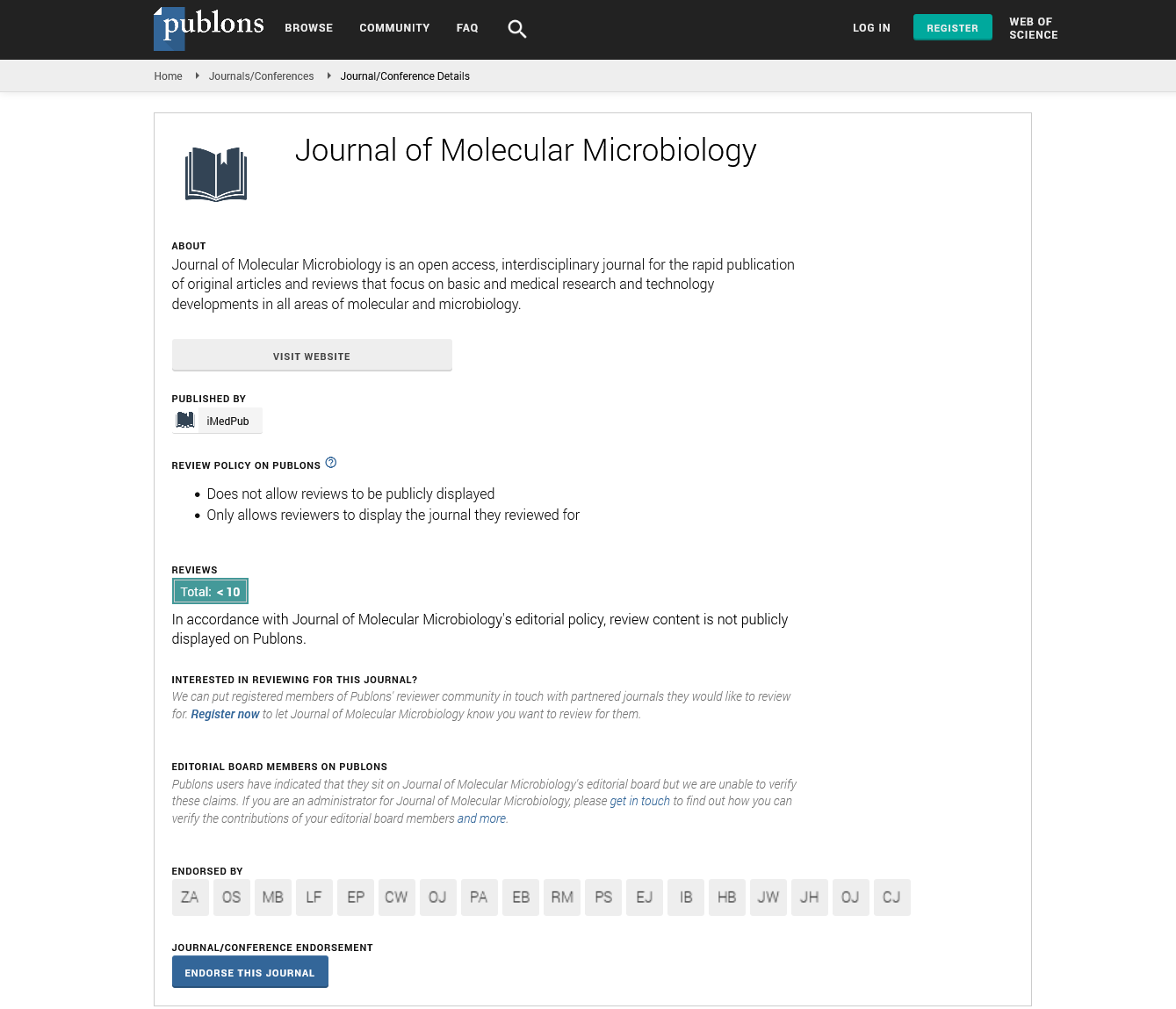Abstract
Candida haemulonii infection an emerging nosocomial fungal pathogen with invasive candidiasis, antifungal resistance and diagnostic challenges in resource limited setting
The commonly isolated pathogen in cases of Candidiasis is the Candida spp. The unique aspect of C. haemulonii epidemiology is its emergence as a multidrug resistant fungal pathogen with ability to spread from patient to patient, as a pathogen and a colonizer standing out as a nocosomial infection. The successful identification of Candida haemulonii is very important in treatment and management of patients for successful clinical outcome. C. haemulonii have been misidentified and commonly observed to cause invasive infections. It is important to identify these Candida pathogens down to the species level, as it will help in tackling the menace of antifungal resistance that is on the increase globally. Conventional identification techniques used by diagnostic laboratories in identifying fungal pathogens is critical in combating the menace, likewise some criteria are needed to be put in consideration like cost, expertise, laboratory equipments. This mini- review elucidates on the literature available on C. haemulonii and highlights the epidemiology, risk factors, laboratory diagnosis, antifungal resistance and others, which will give further direction to extensive research in this field.
Author(s): Odubunmi Oluwatosin Ayobami
Abstract | Full-Text | PDF
Share This Article
Google Scholar citation report
Citations : 86
Journal of Molecular Microbiology received 86 citations as per Google Scholar report
Journal of Molecular Microbiology peer review process verified at publons
Abstracted/Indexed in
- Google Scholar
- Publons
Open Access Journals
- Aquaculture & Veterinary Science
- Chemistry & Chemical Sciences
- Clinical Sciences
- Engineering
- General Science
- Genetics & Molecular Biology
- Health Care & Nursing
- Immunology & Microbiology
- Materials Science
- Mathematics & Physics
- Medical Sciences
- Neurology & Psychiatry
- Oncology & Cancer Science
- Pharmaceutical Sciences
